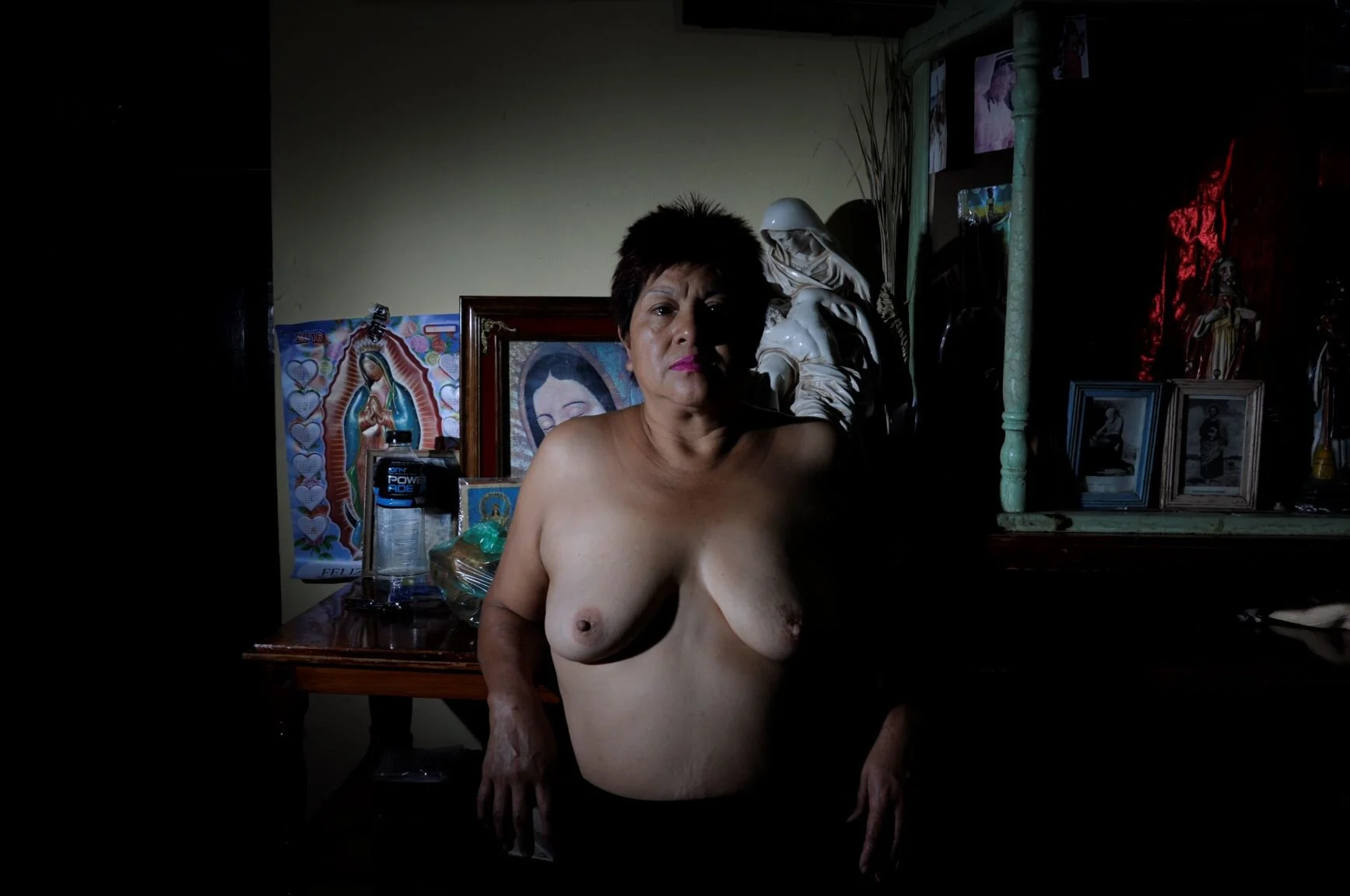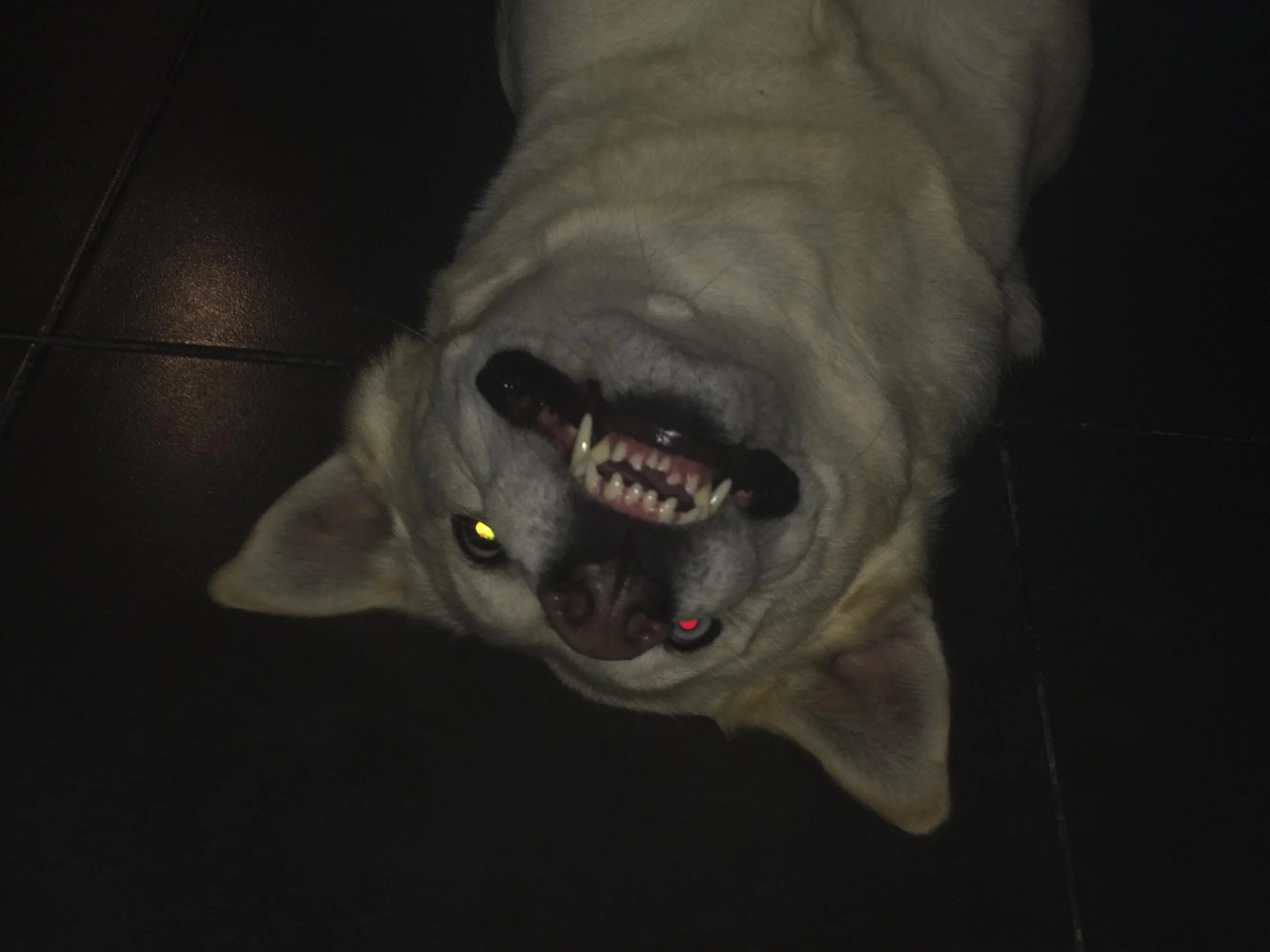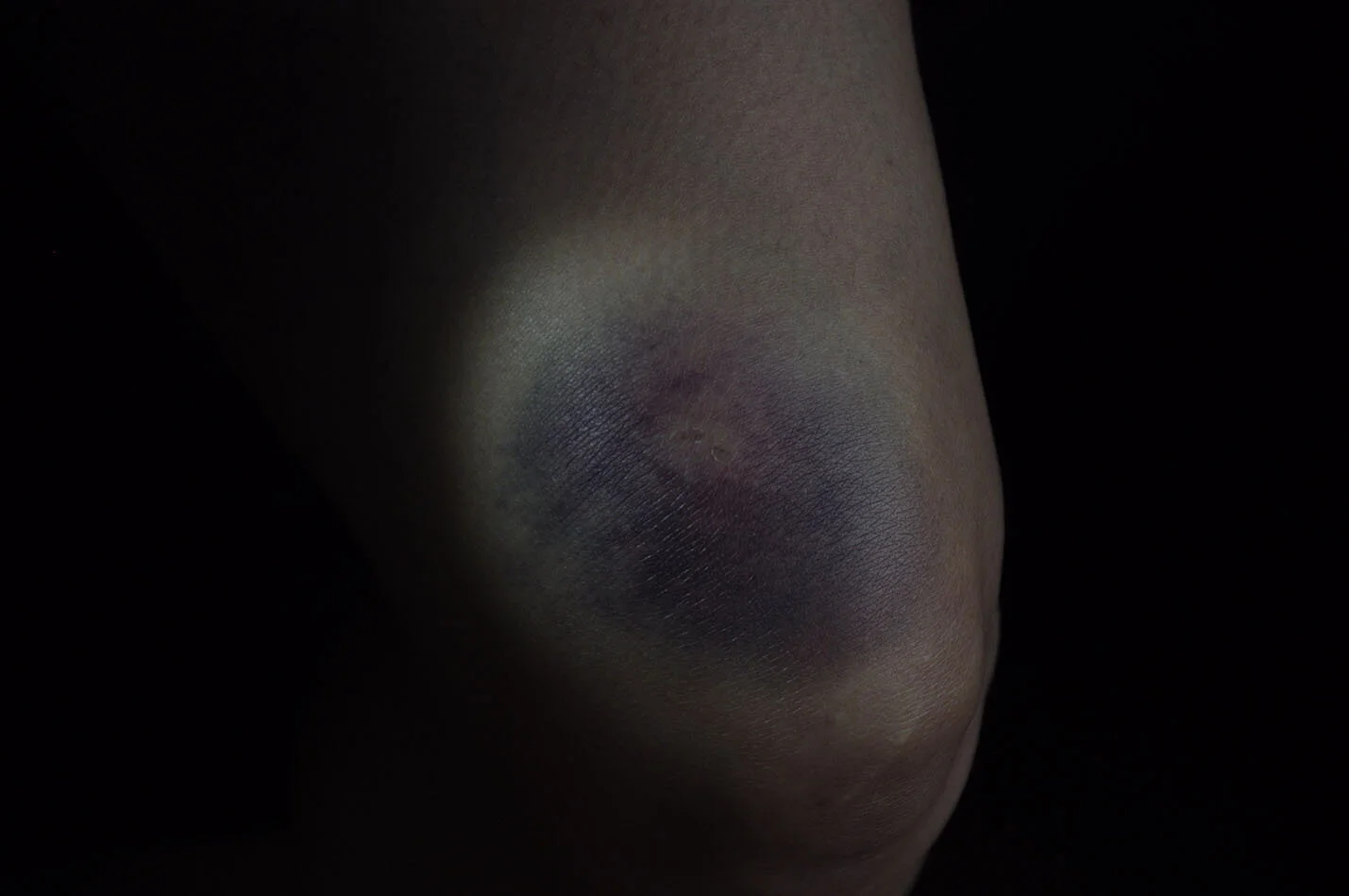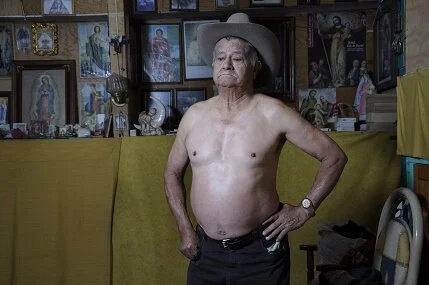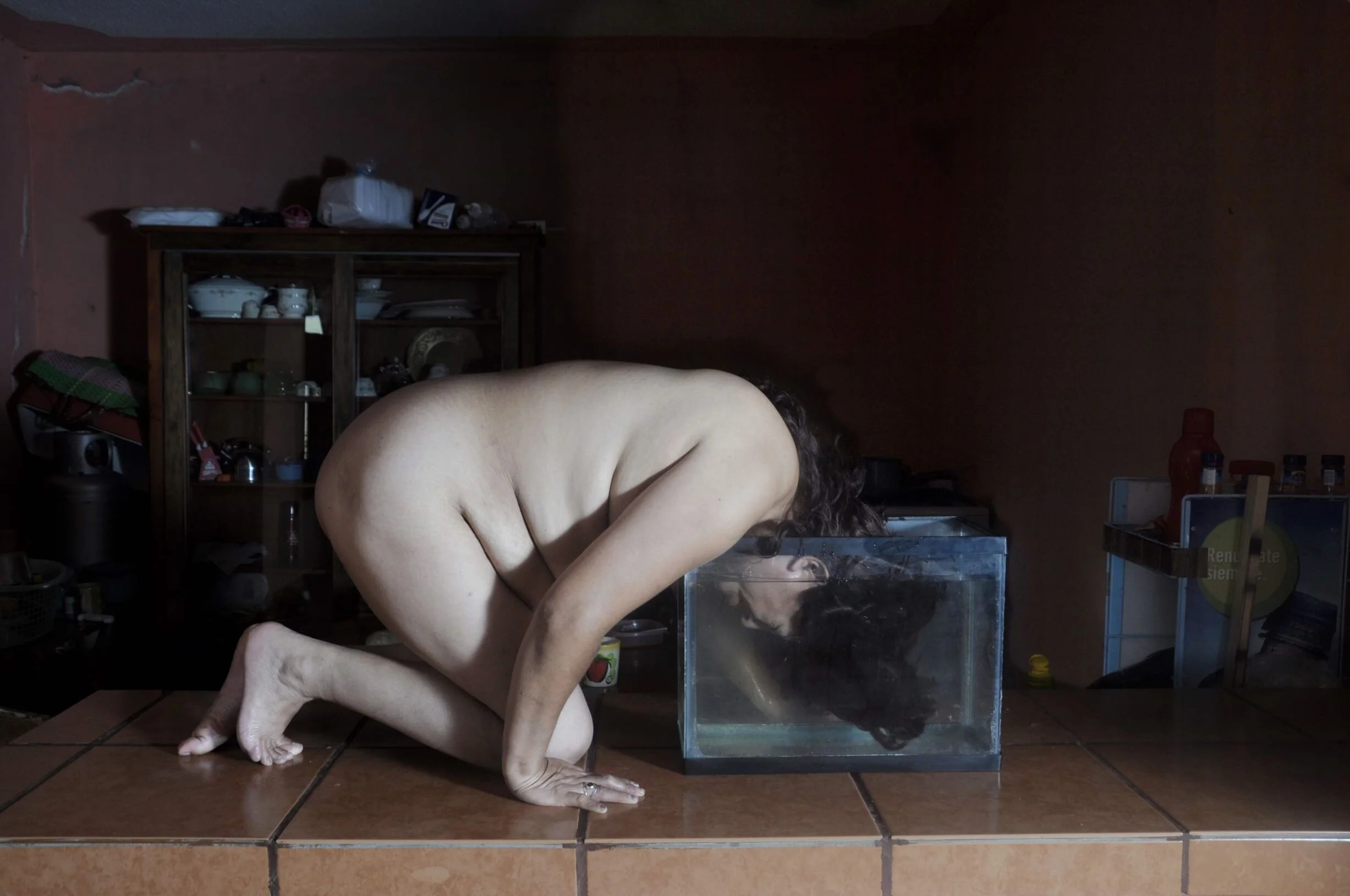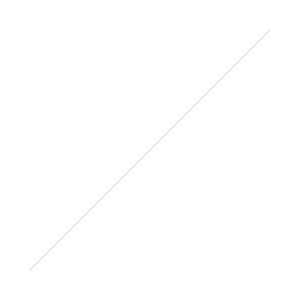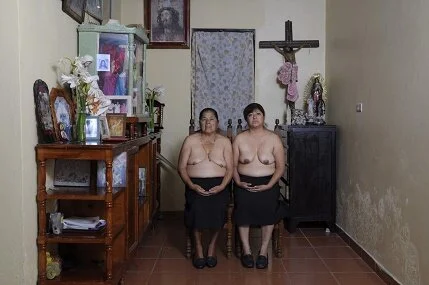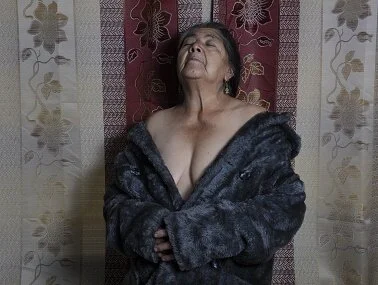Huesped por Diego Moreno
7 de septiembre 2019
El lobo y el polvo de estrellas.
Nací en una ciudad rodeada de montañas, como si viviéramos dentro de una palangana. Cada vez que regresaba triste por no tener amigos en la escuela, Mamá Cleme me cantaba una canción, me cortaba peras del jardín y me contaba las increíbles historias de los seres que vivían en los cerros que se veían por la ventana de la cocina. Mamá decía que en el extremo derecho vivían las brujas, sus amigas y en el extremo izquierdo del cerro vivían los lobos; decía que estos eran muy solitarios como yo, porque no les gustaba que les vieran las cicatrices.
Mi padre fue el primer hombre en fundar un equipo infantil de fútbol quese llamó ‘los lobitos’. También me dijo cuando cumplí cinco años en el campo de fútbol que no podía querer a un niño que no sabía patear bien un balón por estar muy gordo; además que no se comportaba como un varón y no era obediente como su hermano mayor. Mis padres se llenaron de miedo al saber que mi comportamiento no era el adecuado. Intuían que sería un fracaso si mi rudeza no era demostrada sin titubeos. Mi padre pensaba que el color rojo era sólo para mujeres, odiaba las flores, la voz tenue y la fragilidad en las manos. Un día sin avisar, me dejaron en la casa de Mamá Cleme y no volvieron por mí. Aun recuerdo la imagen de un niño lobo con vestimenta de fútbol, con su maleta hecha de bolsas de plástico y con sus las lagrimás impresas en el pelo de su rostro, las cuales olían a la atmosfera del lugar al que van las cosas que nos duelen.
Cuando cumplí nueve años le reclamé a Mamá Cleme el por qué nunca tuve fotos de niño: me dijo que sí tenía muchas, pero que estaban en su ropero y había perdido su llave porque se las había robado un duende. También me dijo que un día mis padres y mis hermanos vendrían por mi de vuelta y sabrían quererme de algún modo.
Pero mis padres fueron mis padres hasta cuando cumplí quince años.
Y de pronto un cambio distinto y radical. Una escena a una casa con padres y hermanos que se consumían por la violencia, un hogar con las paredes encriptadas de abuso y la sentencia del cuerpo que anunciaba también, una adolescencia dolorosa. Viví con mis padres cuatro años en los cuales traté de entender su furia y la violencia que profesaban. Una dinámica cíclica aprendida de una infancia rota.
Mi padre fue huérfano de afecto y su único refugio fue el alcohol, aprendió a odiar las flores y la primavera. Nunca fotografié a mi padre, pero escribiendo sobre él entendí su comportamiento y su historia. Años después, lo único que deseaba era abrazarlo, por que de Mamá Cleme también aprendí que un hogar es también un abrazo.
HUÉSPED inició por una profunda necesidad cuando tenía trece años. Y dediqué siete años para entender este proceso que transformó mi vida por completo. En los cuales exploré mi propia identidad a través de un intenso proceso de inmersión en la fotografía como un medio para vincularme con mi familia, creando escenas que me permitieron entender la violencia doméstica y esta compleja red de relaciones, mientras que, mediante el mismo acto fotográfico, pude generar una imagen de mi mismo para hacer habitable un presente.
Mamá Cleme siempre me hizo saber que un lobo también es frágil y entendí por mi cuenta que la infancia también es destino.
Una mañana, recluido en la cocina después de ser golpeado por mi padre. Mamá Cleme me curó y limpió las heridas con agua caliente y sal. Me sentó en el comedor y con un trapito me limpió toda la sangre del rostro, también la tristeza. En ese momento le pregunté un poco confundido: ¿Mamá Cleme, a dónde van las cosas que nos duelen? Ella solo me respondió que las cosas que nos duelen habitan siempre en nosotros, son como una bolsita de arroz que cargas para siempre, son parte de ti, no desaparecen. Pero a veces si cierras los ojos y pides al cielo muy fuerte, esa bolsita puede transformarse en polvo de estrellas.
Diego Moreno
San Cristóbal de las Casas, Chiapas, México, 1992
Diego Moreno comenzó formalmente sus estudios de fotografía en el Gimnasio de Arte, Chiapas (2012). Asistió al Seminario de Fotografía Contemporánea del Centro de la Imagen (2015). Además, estudió el Diploma en Fotonarrativo y Nuevos Medios en la Fundación Pedro Meyer con una beca de la World Press Photo Association (2014). Entre sus reconocimientos más destacados está haber sido seleccionado por FOAM Amsterdam como Young Mexican Talent (2017). Ha sido seleccionado para The Talent Issue: Ones to Watch por The British Journal of Photography, Londres, Reino Unido (2016). También ha sido galardonado con el Premio de Adquisición de la X Bienal de Puebla de los Ángeles (2015) y la Beca Jóvenes Creadores del FONCA, México (2015-2017). Su trabajo ha sido parte de exposiciones individuales y colectivas en México, Chile, Argentina, Brasil, India, Malasia, Taiwán, Italia, España, Amsterdam, Londres y Estados Unidos. Además, su trabajo ha sido publicado en diferentes medios nacionales e internacionales como: Vogue Italia, The Guardian, The Sun, The British Journal Of Photography, Burn Magazine, BuzzFeed, Futureshoots, Culture Tripe, Joia Magazine, Cuartoscuro, Tierra Adentro, entre otros.
The wolf and the star dust.
I was born in a city surrounded by mountains, as if we lived inside a basin. Every time I came back sad for not having friends at school, Mama Cleme sang a song to me, cut me pears from the garden and told me the incredible stories of the beings that lived in the hills that were seen through the kitchen window. Mom said that on the right end lived the witches, their friends and on the left end of the hill lived the wolves; He said that these were very lonely like me, because they did not like to see the scars.
My father was the first man to found a children's soccer team called ‘los lobitos’. He also told me when I turned five on the soccer field that I couldn't love a child who didn't know how to kick a ball well because he was too fat; also that he did not behave like a male and was not obedient like his older brother. My parents were filled with fear knowing that my behavior was not appropriate. They sensed that it would be a failure if my rudeness was not demonstrated without hesitation. My father thought that the color red was only for women, he hated flowers, a faint voice and fragility in his hands. One day without warning, they left me at Mama Cleme's house and did not come back for me. I still remember the image of a wolf boy in soccer attire, with his suitcase made of plastic bags and with his tears printed on the hair of his face, which smelled of the atmosphere of the place where things that hurt us go .
When I turned nine, I asked Mama Cleme why I never had pictures of a child: she told me that she did have many, but that they were in her closet and she had lost her key because a leprechaun had stolen them. He also told me that one day my parents and my brothers would come for me back and know how to love me in some way.
But my parents were my parents until I turned fifteen.
And suddenly a different and radical change. A scene to a house with parents and siblings who were consumed by violence, a home with the encrypted walls of abuse and the sentence of the body that also announced, a painful adolescence. I lived with my parents for four years in which I tried to understand their fury and the violence they professed. A cyclical dynamic learned from a broken childhood.
My father was an orphan of affection and his only refuge was alcohol, he learned to hate flowers and spring. I never photographed my father, but writing about him I understood his behavior and his history. Years later, all I wanted was to hug him, because from Mama Cleme I also learned that a home is also a hug.
GUEST started out of deep need when he was thirteen. And I spent seven years to understand this process that transformed my life completely. In which I explored my own identity through an intense process of immersion in photography as a means to connect with my family, creating scenes that allowed me to understand domestic violence and this complex network of relationships, while, through the same act Photographic, I could generate an image of myself to make a present habitable.
Mama Cleme always let me know that a wolf is also fragile and I understood on my own that childhood is also destiny.
One morning, confined in the kitchen after being beaten by my father. Mama Cleme healed me and cleaned the wounds with hot water and salt. He sat me in the dining room and with a cloth wiped all the blood from my face, also the sadness. At that moment I asked a little confused: Mama Cleme, where are the things that hurt us? She just replied that the things that hurt us always live in us, they are like a bag of rice that you carry forever, they are part of you, they don't disappear. But sometimes if you close your eyes and ask for the sky very strong, that little bag can turn into star dust.
Diego Moreno
San Cristóbal de las Casas, Chiapas, Mexico, 1992
Diego Moreno began formally his studies in photography at the Gimnasio de Arte, Chiapas (2012). He attended the Contemporary Photography Seminar of the Centro de la Imagen (2015). Also, he studied the Diploma in Photonarrative and New Media at the Pedro Meyer Foundation with a grant by the World Press Photo Association (2014). Among his most outstanding recognitions is having been selected by FOAM Amsterdam as Young Mexican Talent (2017). Been selected for The Talent Issue: Ones to Watch by The British Journal of Photography, London, United Kingdom (2016). He has also been awarded the Acquisition Award of the X Puebla de los Ángeles Biennial (2015) and the Young Creators Grant of the FONCA, Mexico (2015-2017). His work has been part of individual and collective exhibitions in Mexico, Chile, Argentina, Brazil, India, Malaysia, Taiwan, Italy, Spain, Amsterdam, London and the United States. In addition, his work has been published in different national and international media such as: Vogue Italy, The Guardian, The Sun, The British Journal Of Photography, Burn Magazine, BuzzFeed, Futureshoots, Culture Tripe, Joia Magazine, Cuartoscuro, Tierra Adentro, among others.
https://www.youtube.com/watch?v=ffR4n109yj0










